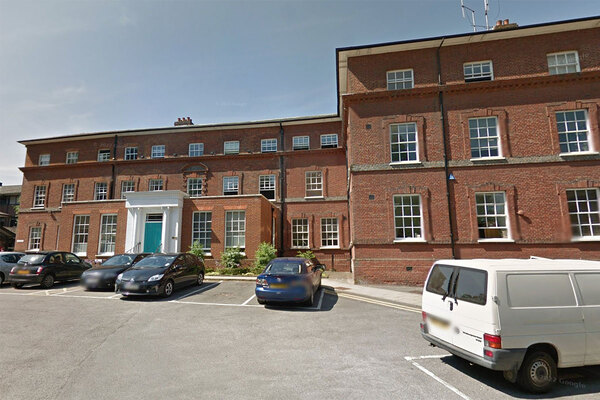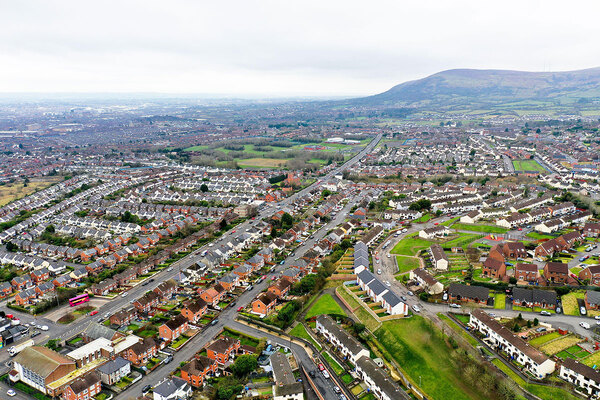Scottish landlords to report damp and mould data to regulator for first time
As part of new measures to monitor the sector’s performance, Scotland’s housing associations and councils will have to report the average time it takes them to tackle damp and mould cases.
RELATED



